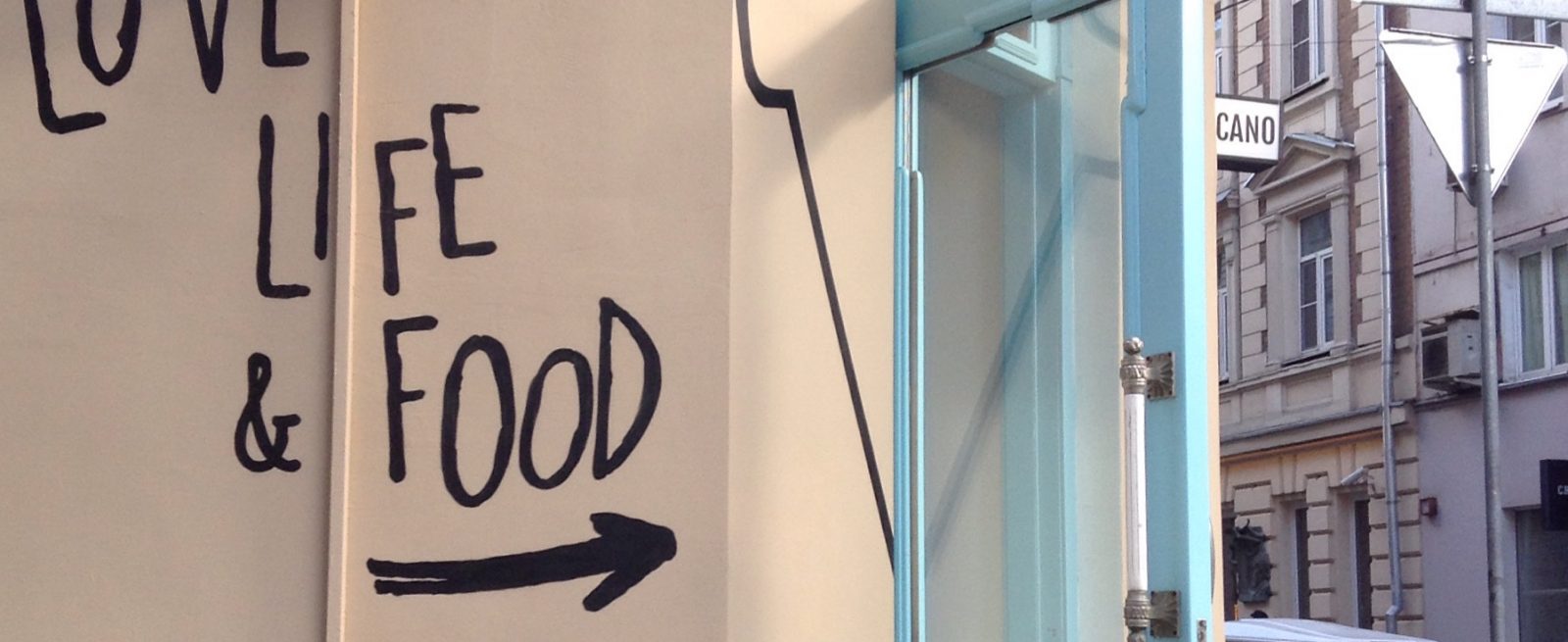Why Restaurants Need to Open the Door to Cultural Trends
3 Min Read By Georgie White
The way we dine out has evolved significantly in the last decade, with brand new audience segments emerging considering dietary preferences and trends such as veganism, and the increase in consumers looking to enjoy a unique experience from their evenings eating out. But how do restaurants keep up with people flocking to these new trends, staying current in the palette of an ever-changing market?
People are also more budget conscious than ever, so restaurants also have to factor this in to the equation. With some help from Inn Supplies, retailers of takeaway food boxes, let’s look at some of the innovative methods that businesses are using to change the game in their favor.
Pop-Up Venues
Eating out became even more convenient as pop-up venues began to sprout up in some of the UK’s biggest cities, and it’s fair to say that we couldn’t have imagined the current appeal of dining inside shipping containers a decade ago! These industrial looking establishments become populated with various food and beverage retailers, providing a unique experience and the perfect Instagram backdrop for customers.
Spark: York CIC opened in May 2018, and it features a bar called 4swings, a small unit with four hanging swings for customers to sit on while sipping speakeasy inspired cocktail creations.
Meanwhile in the capital, head to the uber trendy London suburb of Shoreditch and enjoy a pint in Boxpark, a similar collection of containers serving a whole host of tasty, quick food and plenty of drinks – don’t miss out on the Soft Serve Society for a tasty ice cream on a sunny day.
In Newcastle Upon Tyne, the city centre has embraced the opening of Stackin August 2018, coined as a ‘creative social hub’ the multi-functional venue with an astounding Japanese eatery, Sushi Me Rollin’. The area, completed with regular live music and open–mic nights, is somewhere customers can relax with Indian street food and a gin and tonic, while soaking up the lively atmosphere. These venues are home to an array of dining outlets, reflecting the way that the dining sector has acknowledged the increasing demand for consumer choice.
A Meal with a View
The photo sharing platform Instagram has become a notorious hub for foodies taking the perfect snap before tucking in. Some of the most popular hashtags include #foodporn which featured in 179.9 million pictures, and #foodgasm which has been tagged 40.7 million times to date. Diners are looking for only the finest, most eclectic aesthetics, and companies have begun to take heed of this.
At Duck and Waffle, tower over some of London’s most iconic buildings and enjoy an evening spent nestled in the skyline. The venue is the highest restaurant in London, with 24–hour food service and panoramic views over the city.
For a polar opposite experience, book a table at the Alnwick Garden in Northumberland, and dine in a treehouse full of character and folksy vibes. With rope bridges and protruding branches in the floorboards, it is an unparalleled dining experience inspired by nature.
If your venue isn’t ‘Insta-worthy’, then you could have difficulties securing your appeal to both new and existing customers. It seems that businesses in the capital have really cottoned on to the value of their visuals, if the gastro-brasserie Sketch is anything to go by. From quirky egg-shaped loos, to the iconic all-white staircases, and the multi-coloured tiles which decorate the curved ceilings, sketch is an Instagrammers’ dream.
Vegan Takeover
More people are changing their dietary preferences, and the rise of veganism has been an unprecedented trend among those making the switch for health and environmental reasoning. Even the biggest names in the industry have caved to demand and introduced non-animal product alternatives, including pasty connoisseurs Greggs, who added a vegan sausage roll into their cabinet of delicacies. A survey found that the number of vegans in the UK had reached 3.5 million in 2018, which is representative of the soar in consciousness towards ethics and the environmental impacts of livestock farming. In fact, vegan fine dining is now commonplace, with establishments such as Simpsons, Birmingham, offering some of the most exquisite vegan dishes.
Chef Leo Kattou – fresh from a recent appearance on MasterChef: The Professionals, is at the helm of the Michelin–starred venue, where you must call ahead of time to request a glance of the tasting menu. Other chains such as Pret a Manger have also reaped the benefits of capitalizing on the vegan boom, by opening versions of their store that only sell vegan alternatives and twists on some of their classic deli options.
The dining industry has undoubtedly embraced new cultural changes and demands for variety, with markets that were once regarded as niche drawing in the masses and thriving.
Sources:
https://www.sparkyork.org/4swings
https://www.boxpark.co.uk/shoreditch/
http://www.stacknewcastle.com/
https://www.thehandbook.com/london-guidebook/londons-most-instagrammable-restaurants/
https://www.peta.org.uk/features/the-10-best-restaurants-in-the-uk-for-vegan-fine-dining/


